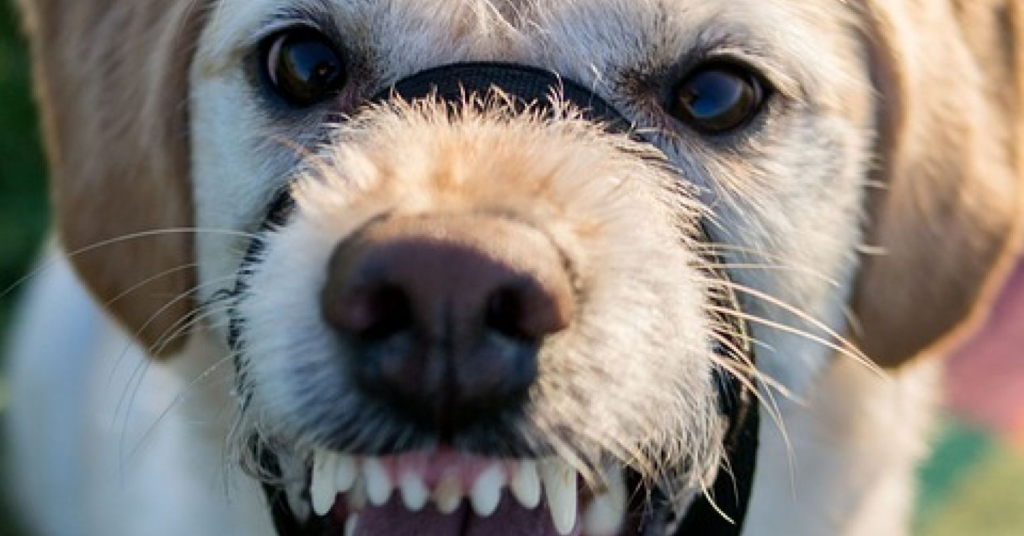At any moment, someone’s aggravating behavior or our own bad luck can set us off on an emotional spiral that threatens to derail our entire day. Here’s how we can face our triggers with less reactivity so that we can get on with our lives. Verified by Psychology Today
Posted October 18, 2016
By: Liz Stelow, DVM, DACVB, Clinical Animal Behavior Service at the UC Davis William R. Pritchard Veterinary Medical Teaching Hospital.
When a dog has been diagnosed with aggression, whether toward people or other targets, it’s important to put a comprehensive treatment plan into place. Such a plan will, eventually, focus on using desensitization and counter-conditioning to help the dog be less reactive to things that trigger its aggressive behaviors. But, in the meantime, the owners will rely on management (sometimes called “Safety and Avoidance”) to keep everyone safe. Many tools are available to aid in managing the aggressive dog.
There are other tools that can be used for managing a dog’s aggression; but these are the most useful.
The American College of Veterinary Behaviorists is an organization of veterinarians who have had years of training, education and certification in animal behavior.
Get the help you need from a therapist near you–a FREE service from Psychology Today.
Psychology Today © 2024 Sussex Publishers, LLC
At any moment, someone’s aggravating behavior or our own bad luck can set us off on an emotional spiral that threatens to derail our entire day. Here’s how we can face our triggers with less reactivity so that we can get on with our lives.

